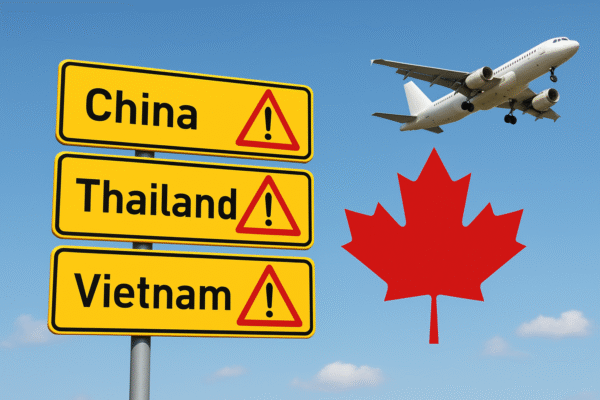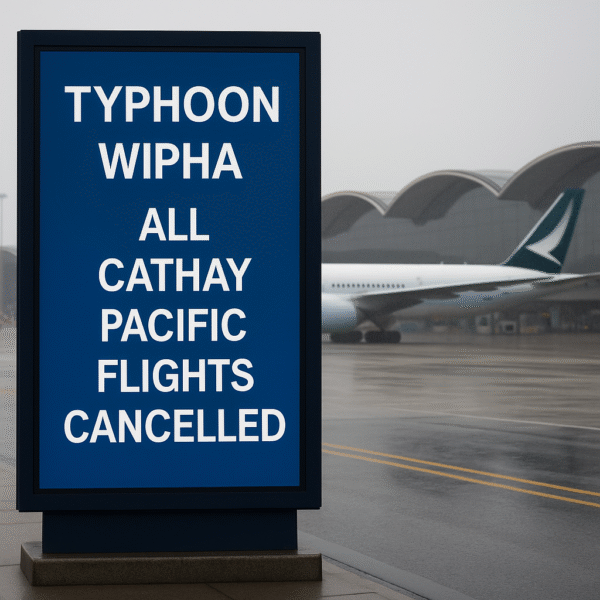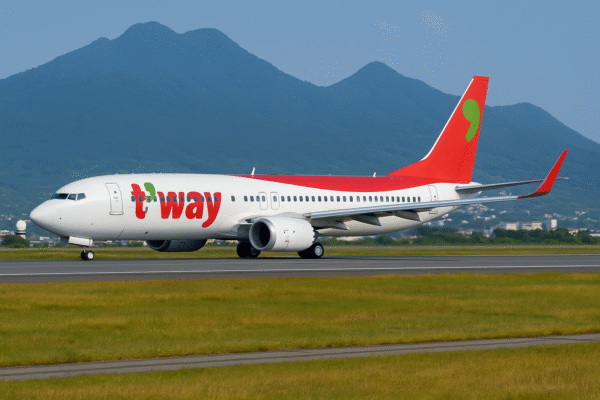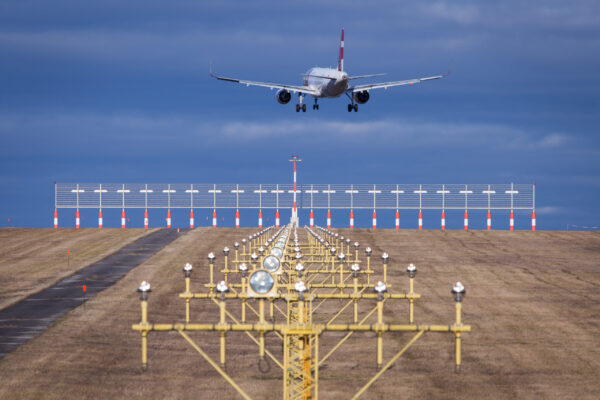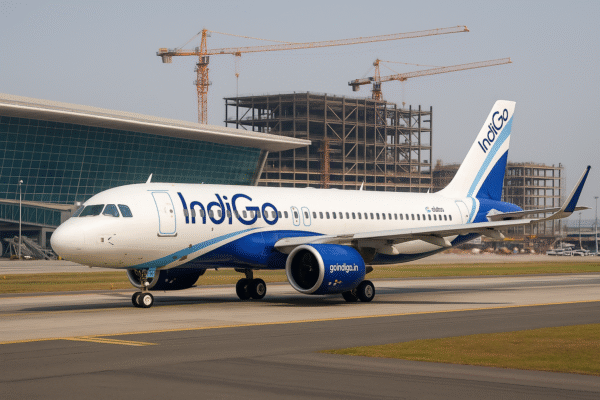India is entering a transformative era in global aviation. Already the world’s third-largest aviation market, the country is poised for exponential growth over the next two decades, fueled by rising demand for air travel, fleet expansion, and sweeping infrastructure modernization. A new report by global investment firm Jefferies projects that India’s air traffic could triple by 2045, positioning the nation as a dominant force in global aviation—just behind the United States and China.
According to the Jefferies analysis, India’s aviation sector is backed by strong macroeconomic fundamentals: a burgeoning middle class, low current air travel penetration, and active efforts from major players like IndiGo and GMR Airports to expand capacity and connectivity. As the world looks east for the future of air travel, India is increasingly seen as the next aviation superpower.
India Becomes the World’s Third-Largest Aviation Market
As of 2025, India ranks third globally in terms of passenger volume, following the U.S. and China. Despite this, India accounts for only 4% of global air traffic, while it represents nearly 20% of the world’s population. This disparity underscores the potential for rapid, sustained growth.
The International Air Transport Association (IATA) projects India will see over 500 million air passengers annually by 2040, up from roughly 200 million today. Aircraft manufacturer Airbus also supports this projection, forecasting a requirement for more than 2,000 new aircraft to meet growing demand in India.
IndiGo Leads Airline Fleet Expansion and International Strategy
IndiGo, India’s largest airline with a 60% domestic market share, is a central player in the projected growth story. The airline has placed orders for over 1,000 new aircraft and is working to expand its international footprint significantly. While international operations currently comprise 30% of IndiGo’s capacity, Jefferies expects this share to grow to 40% by 2030.
To support this, IndiGo has announced new routes connecting India with Central Asia, Europe, Southeast Asia, and the Middle East. The airline is also partnering with global carriers to enhance codeshare agreements and streamline international connections for Indian travelers.
With an increasing number of outbound Indian tourists and returning international visitors, IndiGo’s dual strategy of market penetration and global collaboration reflects the broader shift in India’s aviation ambitions—from domestic dominance to global relevance.
GMR Airports: Infrastructure Backbone of India’s Aviation Future
GMR Airports, operator of key hubs such as Delhi Indira Gandhi International Airport and Hyderabad Rajiv Gandhi International Airport, is instrumental in India’s infrastructure surge. The company is currently developing new greenfield airports, including Mopa in Goa and Bhogapuram in Andhra Pradesh, and investing in the expansion of metro-city terminals.
Jefferies highlights GMR’s diversified revenue model, which combines aeronautical charges with retail, cargo, and real estate components, as a model of sustainable airport operation. The operator is also focusing on digital transformation and urban air mobility to future-proof its network.
India’s Ministry of Civil Aviation is supporting this growth through the UDAN scheme, which has made regional air connectivity viable and helped operationalize 72 new airports, heliports, and water aerodromes since 2017.
Infrastructure Gaps and Comparison with China
India still faces major challenges in scaling to global standards. China has over 250 airports and handles more than 700 million passengers annually, while India currently operates around 150 airports for 200 million passengers.
Additionally, India does not yet have a high-speed rail alternative like China, meaning more demand will fall on air travel. However, India’s relatively slow rollout of aviation infrastructure—including runway capacity, terminal congestion, and MRO (Maintenance, Repair, and Overhaul) support—poses hurdles that need to be overcome.
Short-Term Headwinds: Fuel Prices, Safety, and Supply Chains
Despite the long-term optimism, India’s aviation market faces near-term challenges. These include:
- High Aviation Turbine Fuel (ATF) Costs: Fuel accounts for nearly 40% of airline operating expenses in India. Discussions to bring ATF under GST are ongoing and seen as critical to lowering costs.
- Aircraft Delivery Delays: Global supply chain issues are slowing new aircraft deliveries, forcing airlines to delay route launches.
- Limited MRO Facilities: Most Indian carriers still rely on foreign MROs, though new investments in domestic MRO hubs are underway.
- Flight Safety Incidents: India’s Directorate General of Civil Aviation (DGCA) has stepped up audits to ensure operational safety amid rising air traffic.
A Decisive Takeoff Toward Global Leadership
India’s aviation industry is now at a crucial inflection point. With airline expansion strategies in motion, airport infrastructure growing under public-private partnerships, and a policy ecosystem increasingly focused on global competitiveness, the nation is well-positioned to leapfrog into the top tier of aviation powers.
Jefferies’ forecast of a threefold increase in air traffic by 2045 echoes similar predictions by IATA and Airbus. Together, they signal that India’s aviation growth is not just possible—but inevitable.
From metros like Delhi, Mumbai, Bengaluru, and Hyderabad to Tier-2 and Tier-3 cities, the skies above India are rapidly filling with new opportunities, routes, and ambitions. If the U.S. and China led the past decades of aviation growth, the next 20 years may very well belong to India.
For more travel news like this, keep reading Global Travel Wire





